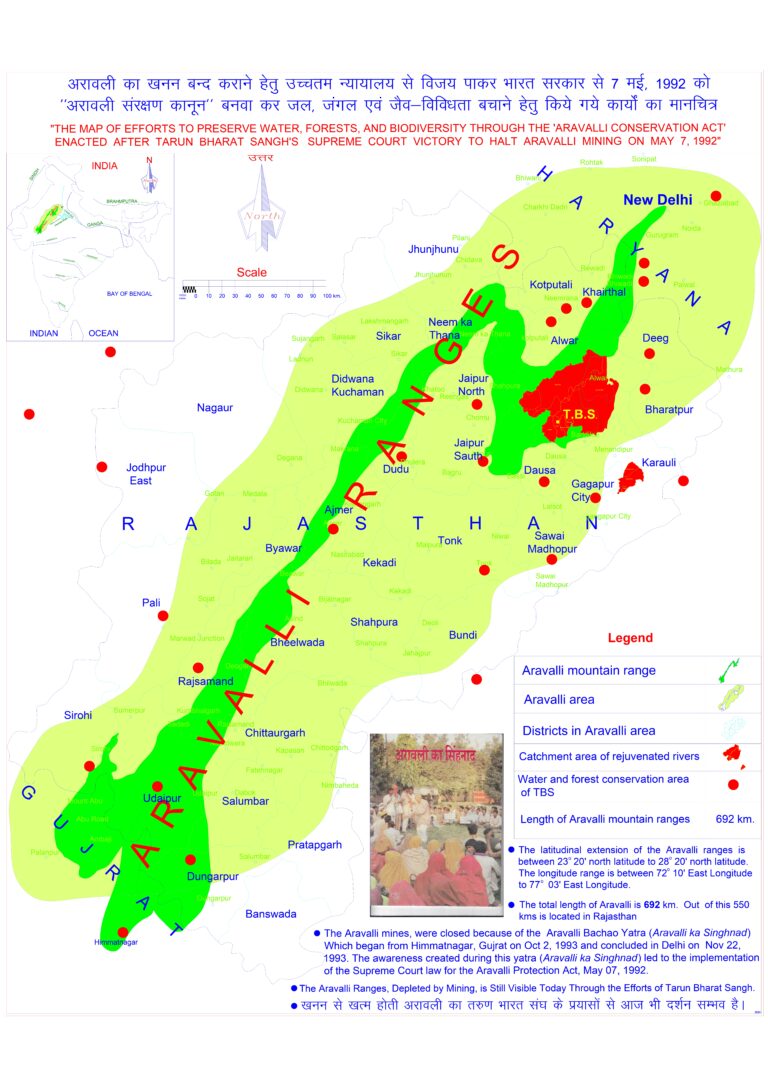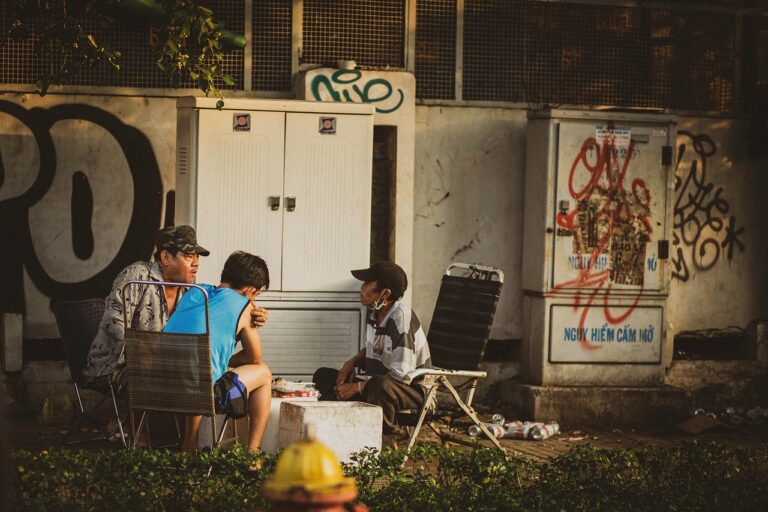
Ouagadougou (Burkina Faso)/New York: Burkina Faso is experiencing the world’s fastest-growing displacement crisis. More than 1 million people have fled their homes over the past two years. As of January, more than 2 million people — about 10 per cent of Burkina Faso’s population — were struggling to feed themselves. Vital basic services, particularly education and health, have been disrupted. Almost 2,400 schools are closed in affected areas, depriving 350,000 children of education. Close to 1 million people have no access to medical care.
“Despite these challenges, the humanitarian community in Burkina Faso continues to scale-up assistance,”Stéphane Dujarric, Spokesman for the Secretary-General, said in New York last night (IST).
The Acting Assistant Secretary-General for Humanitarian Affairs and Deputy Emergency Relief CoordinatorDeputy Emergency Relief Coordinator of the United Nations, Ramesh Rajasingham, who is in the country on a four- day visit this week, is visiting Kaya, in the centre north of Burkina Faso, today (February 10, 2021). Yesterday he had visited the area of Djibo, in the country’s north. Also, yesterday, in capital Ouagadougou, he had met with Government and donor representatives and launched the country’s 2021 Humanitarian Response Plan, which appeals for $607 million to help 2.9 million people. This is a 43 per cent increase in cost compared to the amount sought in the middle of last year. The UN said more people were being targeted — 61 per cent more than January of last year.
“This also takes into account the increasing unit costs of delivering aid, including due to COVID-19 related measures. As we have said, Aid deliveries have tripled since 2019,” Dujarric said.
Earlier on February 5, UN Secretary-General António Guterres had referred to the large-scale humanitarian emergency unfolding in Burkina Faso. He had expressed his concern over the rising insecurity and conflict that had forced more than a million people to flee their homes over the past two years. He had described the situation there as the world’s fastest-growing displacement crisis.

A landlocked West African nation that covers an area of around 274,200 square kilometres, Burkina Faso’s issue of food insecurity is largely attributed to geographic and environmental causes. As the country is situated in the semi arid Sahel region between the Sahara to the north and the Sudanian savanna to the south., Burkina Faso experiences some of the most radical climatic variation in the world, ranging from severe flooding to extreme drought. With around 43.7% of its population living under the poverty line, it is one of the poorest countries and ranks 182 out of 189 countries on the United Nations Development Human Development Index in 2020. Poverty there is strongly linked to food insecurity.

While droughts and floods remain problematic in the country, what adds to the woes of the people is violence that combining with insecurity are disrupting markets, trade and livelihoods activities mostly in the country’s northern and eastern areas. The United Nations Human Rights Commission in its report last August, had quoted national authorities to claim that escalating violence had driven more than one million people from their homes in Burkina Faso, 453,000 since the start of the year 2020.
In November last year, President Roch Marc Christian Kaboré won presidential re-election but his party, Movement du people MPP, had failed to get majority and only obtained 56 seats while 64 seats, out of a total of 127 were required to secure absolute majority, prompting fresh fears of escalation of violence.
Media reports of December 2020 had suggested that growing attacks by Islamist groups with links to al Qaeda and Islamic State had killed thousands of people in the Sahel region last year.
Such violent incidents are continuing for long. On July 17, 2018, the UN Security Council was warned that the spillover of the Malian crisis (The Mali War is an ongoing armed conflict that started in January 2012 between the northern and southern parts of the country bordering Burkina Faso, with several insurgent groups fighting a campaign against the Malian government for independence or greater autonomy for northern Mali) was increasingly affecting Burkina Faso where terrorist groups continued to cause devastation throughout the region. December 2020 media reports citing the United Nations’ World Food Programme (WFP), claimed armed groups had cut off access to supplies and farmland, that made over 7 million people face acute hunger in a vast area comprising landlocked Mali, Niger and Burkina Faso.
– global bihari bureau






This is really interesting, You are a very skilled blogger.
I have joined your feed and look forward to seeking more of your great post.
Also, I have shared your site in my social networks!
Some genuinely nice and utilitarian info on this internet site, also I think the design holds wonderful features.